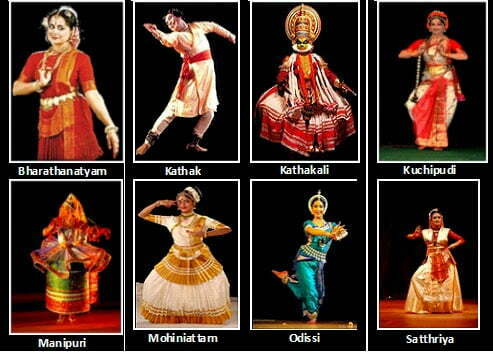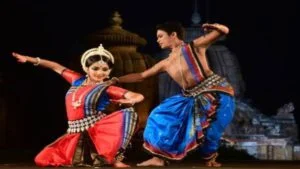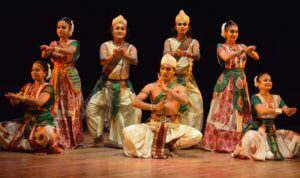Indian classical dance is an amalgamation of Indian heritage, culture and tradition. Indian classical dance is a representation of the rich values of the Indians and gets the fellow close to their roots. Learning Indian classical dance forms has many benefits. If you’re planning to learn or introduce your kid to this beautiful dance form then you’re at the right place read on and find out the few of many things you should do to get started with Indian classical dance.

Get yourself registered in an Indian classical dance course
The first and foremost step would be to choose the right Indian classical dance class. Indian classical dance consists of nine classical dances as recognized by the ministry of culture. So choose the one that fits you best and challenges you. After deciding the classical dance form you want to learn, you have to decide the institution you want to learn in which is one of the most crucial steps. Because of the COVID-19 pandemic, it is best to opt for an online instructor, an instructor who knows his/her job and does their best to teach the student.
You can and should ask questions to the teacher, don’t be hesitant, this will make you more comfortable with the surroundings and the instructor. You’ll build a sense of trust and comfort. As a result, you’ll learn faster and remember it by heart. Also, get yourself a pair of ghungroos and learn to tie them. They are a part of the Indian classical dance form. Trust me once you wear them you’ll get a different feel. Follow your guru and do your best.
Indian classical dance is a very unique and beautiful dance form that touches the hearts of not just millions of Indians but all the people fond of dancing around the globe. And a crucial thing is to respect and trust your teacher(s); they know what they are doing, you just need to follow them and practice religiously.
Read a little about the form
Learning Indian classical dance forms require lots of reading too. It’s really important to know what subject you’re about to learn. There are certain terms and variations that you need to look up before starting, like, Rasanubhuti or the eight raas, also look up the different subdivisions of classical dance forms to know and choose what you want to master, etc.
Having knowledge about the course makes you confident, and you feel a sense of surety within yourself while learning it. You should also search for the posture for the specific thing you want to learn. There is no harm in having some extra information or being prepared for the class beforehand.
Watch some videos online.
Google up the classical form that you’ve decided upon, or if you’re still not sure which one to go for, look all of them up. By the end of the video watching session, you’ll be quite sure of what to do and not to do. While watching the video look at the intricate details like the posture, makeup, costume, jewellery and hairdo. You’ll find interesting things and details while watching them, you’ll get an idea of what you’re getting into and how and what expression you have to have.
Understand the language.
Understanding the language and being comfortable with the language is very important. You need to be able to understand the language of the instructor, the classical dance form, and the song that you’re dancing on. You should be able to feel the song within and the legs and hands will move automatically. Language plays a very significant role in our lives in all aspects, while dancing your body and expression should be driven by what you feel and understand deeply. As a result, you’ll develop a deep and beautiful connection between your body and the music.
Warm-up & exercise
Warm-up and exercise are highly significant, as they will make your body active and flexible to dance flawlessly. Warm-up will reduce your chances of getting injuries, it’ll prepare your body for practice and performance. Your body will feel pumped up and ready to dance. You’ll develop a good posture and will eventually become faster with your dance movements. The light exercise will help set your mood for the dance. So try to include exercise in your daily routine to become better at dancing.
In conclusion, I’d like to say that every dance form is beautiful and learning and embracing it takes time. Don’t worry if you’re not able to do a certain mudra or step in the first try, just practice and give yourself some time; I’m sure you’ll get a hold of it for sure. I hope this article helped you understand how and where to get started as an Indian classical dancer, what you need to keep in mind and have to do. Best of luck on your journey to becoming a wonderful Indian classical dancer.
Share with your friends





